Our previous segments in the series provided an overview of common work permit categories for temporary residence in Canada.
Some of these options include post-graduation work permits (PGWP), work permits issued under free trade agreements, intra-company transferees (ICT), reciprocal employment, LMIA-based work permits, and Mobilité Francophone work permits for individuals who are fluent in French and wish to work outside of Quebec.
While work permits allow foreign nationals to work and reside in Canada on a temporary basis only, working in Canada often paves the pathway for individuals to become eligible to apply for Canadian permanent residence (PR).
Why Being A PR is Important
Temporary workers looking to remain in Canada permanently should determine if they have viable option(s) to obtain PR status as soon as possible.
Most temporary workers rely on their employer to continue to support their employment and maintain their temporary status in Canada. Because their status is temporary and needs to be extended with the support of an employer, there are several factors impacting the stability of a temporary worker’s status in Canada:
- Holding a work permit under a category that has a cap on the number of extensions (e.g. ICT)
- Employers who do not support LMIAs which are often required to extend status for PGWP holders or ICTs who have reached the cap
- Employer who is downsizing, restructuring, or engaged in layoffs, putting the foreign national’s employment at risk.
 Different Pathways to PR
Different Pathways to PR
Becoming a PR allows a foreign national in Canada to take control of their own status and enjoy stability in knowing that they are not reliant on continued employment.
Holding PR status also means it is less expensive to purchase property and to send your children to post-secondary education (i.e. college and university).
The Federal Express Entry system is one of the most well-known and commonly used pathways for permanent residence in Canada for skilled workers.
Eligible skilled workers may create a candidate profile in the Express Entry system to express their interest in applying for Canadian permanent residence to Immigration, Refugees, and Citizenship Canada (IRCC). Based on the information in their profiles, candidates are ranked against other candidates in the pool and receive a Comprehensive Ranking System (CRS) score based on their age, education, language abilities in English and/or French, Canadian skilled work experience, foreign skilled work experience, whether the candidate has a qualifying job offer in Canada, and whether the candidate has a sibling in Canada who is a Canadian citizen or permanent resident.
Points may also be awarded for a spouse or common-law partner’s education, language abilities, and Canadian work experience.
Every few weeks, IRCC invites top-ranking candidates in the pool to apply for permanent residence. If invited, candidates have 60 days to submit their permanent residence application, after which IRCC’s estimated processing time is approximately 5 months.
These draws can also be targeted towards specific groups of people, for example, French speakers or specific occupations such as Science, Technology, Engineering and Math (STEM) or health-care occupations. These targeted draws are further detailed below.
The Federal Express Entry system has three (3) different streams through which the IRCC selects candidates:
Canadian Experience Class:
- 12 months of skilled work experience in Canada in the past 3 years
- minimum Canadian Language Benchmark (CLB) score of 5 (NOC TEER 2 or 3) or 7 (NOC TEER 0 or 1) in English and/or French
Federal Skilled Worker Class:
- 12 months of continuous skilled work experience in Canada or abroad in the past 10 years
- CLB 7 in English and/or French
- Canadian or Canadian equivalent secondary or post-secondary degree/diploma/certificate
- minimum score of 67 points on Federal Skilled Worker selection criteria
- sufficient settlement funds
Federal Skilled Trades Class: For skilled trades workers with work experience in specific industries – commonly industries where Canada has labour shortage.
- 2 years’ work experience in a skilled trade in the past 5 years
- Job offer for 1 year OR certificate of qualification in a skilled trade issued by a Canadian provincial, territorial or federal authority
- Minimum English or French proficiency: CLB 4 in reading and writing; CLB 5 in speaking and listening
- Sufficient settlement funds
Once the qualified candidate receives an ITA under any of these streams, they will have sixty (60) days to submit a complete application for permanent residence. If the application is approved, the candidate will receive the confirmation of Permanent Residency (coPR) and become a permanent resident of Canada.
 Historically Express Entry was the most used application system for permanent residence in Canada. However, the CRS points to be competitive have been steadily increasing over the years.
Historically Express Entry was the most used application system for permanent residence in Canada. However, the CRS points to be competitive have been steadily increasing over the years.
To find alternative immigration pathways, many temporary workers are exploring provincial programs to either (1) increase their Express Entry score through a provincial nomination; or (2) apply for permanent residency directly through the province they intend to live in.
Every province and territory in Canada manages its own Provincial Nominee Program (PNP) to attract immigrants who wish to live and work in a particular province, and who meet the province’s unique economic needs. These programs are used by the provinces and territories to nominate individuals who they view as desirable.
While program eligibility criteria vary greatly from one province to the next, as well as across the various PNP streams within each province, many PNP streams require that the candidate has a job offer in the province and all PNP streams require the applicant to have an intention to reside in the nominating province once permanent residence is granted.
Often, the employer offering the job must meet certain criteria such as having a physical premises for their business operations in the province, a certain gross income and employing a certain number of Canadian employees.
Some of these streams operate outside of the Express Entry system, while others operate in tandem with the Express Entry system and are used to boost an Express Entry candidate’s overall CRS score by 600 points once the nomination certificate is issued.
As the overall processing time for provincial nominee streams tends to be longer than under the Express Entry system, provincial nominee streams may be a good option for individuals who either do not meet the minimum eligibility criteria for Express Entry or who do not have a high enough CRS score to receive an ITA for PR via the Express Entry system.
Common PR Pathways for the Tech Sector
There are aspects to the Express Entry system and PNPs which target the tech sector, often making it easier for individuals with employment in these industries in Canada to obtain permanent residence, in comparison to other candidates in more general occupations.
Express Entry, targeted draws for STEM occupations: The Express Entry system is a relatively quick option to obtain Canadian permanent residence for individuals seeking immigration to Canada where the candidate has strong English and/or French language abilities, post-secondary education, and skilled work experience. Individuals with work experience in specific industries including STEM occupations (science, technology, engineering, and math), healthcare, trade occupations, transport occupations, and agriculture/agri-food occupations may also be eligible to receive an invitation in a category-based draw that targets one of these economic priority areas and which tends to have a lower cut-off score than the general Express Entry draws.
For example, in 2024, the STEM occupations draw on April 11, 2024 invited 4,500 individuals to apply for permanent residence and the cut-off score to receive an invitation was 491. The general draw which occurred two weeks later had a much higher cut-off score of 529 and only 2,095 invitations were issued.

Included STEM occupations in the targeted draws are:
- Computer and Information Systems Managers
- Computer engineers
- Computer systems developers and programmers
- Business Systems Specialists
- Data Scientists
- Database analysts and data administrators
- Electrical and electronics engineers
- Engineering managers
- Industrial and manufacturing engineers
- Web designers
- Web developers and programmers
- Cybersecurity Specialists
- Information Systems Specialists
- Software Developers and Programmers
- Software Engineers and Designers
- Land surveyors
- Landscape architects
- Mathematicians, statisticians and actuaries
- Metallurgical and materials engineers
- Natural and applied science policy researchers, consultants and program officers
- Architects
- Urban and land use designers
- Architecture and science managers
PNP technology streams: as mentioned, the provincial nominee programs vary greatly and each province can determine its own criteria. Several provinces have sub-streams for technology occupations. For example, the British Columbia PNP offers skilled workers in in-demand technology occupations a pathway to permanent residence with the purpose of meeting the unique needs of B.C.’s technology sector. Candidates still need to have a job offer in a priority occupation but the requirements are less onerous than other occupations. By contrast, the Ontario Immigrant Nominee Program (OINP) uses the Express Entry pool as the candidate pool for their technology draws.
If someone has a strong profile in Express Entry and their experience fits within one of Ontario’s targeted technology occupations, the OINP may issue them a Notification of Interest (NOI) to submit a nomination application. Once the nomination is issued, their Express Entry profile is updated to have an additional 600 points which essentially guarantees they will receive an ITA for PR. They do not need a job offer to qualify.
Start Up Visa (SUV) Program: The SUV Program is for entrepreneurs who have the skills and experience to build businesses in Canada that are innovative, can create jobs for Canadians, and can compete on a global scale. To be eligible to apply under the SUV program, applicants must pitch their business idea to a designated organization and receive the designated organization’s support. They must also meet the minimum language requirement (CLB 5 in English or French), have sufficient funds to settle in Canada, and intend to reside outside Quebec. Applicants who have submitted a permanent residence under the SUV program and have received an acknowledgement of receipt from IRCC may also be eligible to obtain a 3-year open work permit to allow them to start working on their business in Canada while their permanent residence application is in process.
Case Study 1
Andrey is from Ukraine. He completed a bachelor’s degree in computer science at the University of Toronto and obtained a three-year PGWP. He had some initial difficulty securing full-time employment in the first 18 months after graduation and was working on various jobs on a part time and freelance basis. He has now been working with Company X for over one year in the full-time position of Data Scientist. His PGWP will be expiring in about four months. He has completed a language test but his score in the Listening category is just under the required minimum score to qualify for the Canadian Experience Class in the Express Entry system. Company X has assessed him as a strong employee and has agreed to support an extension of Andrey’s work authorization in Canada by obtaining an employer-specific work permit under the Canada-Ukraine Free Trade Agreement (CUFTA).
The process of extending his work authorization takes about four months and during that time Andrey has taken another language test and improved his score. Once the CUFTA work permit is issued, Andrey is able to claim 50 additional CRS points for having an offer of arranged employment with Company X. Due to his age (23), Canadian education, experience, language and job offer, he has a competitive CRS score. He creates his Express Entry profile and gets an ITA to apply for PR under a targeted STEM draw.
Case Study 2
Company X, a multinational software company, hired Y as a technical sales specialist. Y accumulated two years of work experience with Company X, and wanted to apply for permanent residence in Canada to permanently settle in the country. The first option he considered for his permanent residency was through Express Entry. However, as Y is over 40 years old, and had an average English language score, at his initial assessment, it was determined that his Comprehensive Ranking Score (CRS) will not be high enough to make him a competitive candidate in the Express Entry pool.
Wanting to settle in Ontario, Y, then, considered his options under Ontario’s provincial nominee programs. His employer, company X was willing to support him with his permanent residence application. Company X met the minimum criteria for Ontario Immigration Nominee Program (OINP), and provided a job offer for Y to support his application under OINP Employer Job Offer: Foreign Skilled Worker Stream. Shortly after creating his Expression of Interest for OINP, Y received an Invitation to Apply (ITA) – and eventually his nomination certificate from the province of Ontario, through which he applied for permanent residency in Canada.
Where to Find Available Support
With over 60 years of experience, Green and Spiegel is the largest and oldest immigration law firm in Canada. Over the years, Green and Spiegel has helped so many foreign workers to become permanent residents and to establish a new life in Canada.
 To determine a candidate’s option(s), Green and Spiegel will conduct an individualized assessment to understand the candidate’s background, including their work experience, education, language skills and family structure. A strategy is developed for the best pathway to obtain permanent residency, accounting for important factors such as the expiry date of current temporary status, financial means, processing times, and ages of children (age 22 is the typical cut-off to accompany a parent as a dependent on such an application), to name a few.
To determine a candidate’s option(s), Green and Spiegel will conduct an individualized assessment to understand the candidate’s background, including their work experience, education, language skills and family structure. A strategy is developed for the best pathway to obtain permanent residency, accounting for important factors such as the expiry date of current temporary status, financial means, processing times, and ages of children (age 22 is the typical cut-off to accompany a parent as a dependent on such an application), to name a few.
Once the assessment is completed and if the foreign worker is a good candidate for any of the permanent residence pathways, the Green and Spiegel team works closely with the individual and their family in every stage of the process, including the initial steps needed to confirm eligibility (language testing, educational credentials assessments), document collection and completeness, accuracy of information, and navigating the various stages of the process (profile creation, medical examinations, document requests, and procedural fairness letters).
![]() Invest Ottawa is the trusted partner in discovering the best talent for global tech companies in Ottawa.
Invest Ottawa is the trusted partner in discovering the best talent for global tech companies in Ottawa.
Connect with our Global Talent Team today and learn more about our talent services. To discover talent for your global tech company, connect with the Invest Ottawa Global Talent Team.
For any immigration-related questions, reach out to the team at Green & Spiegel.







 Different Pathways to PR
Different Pathways to PR 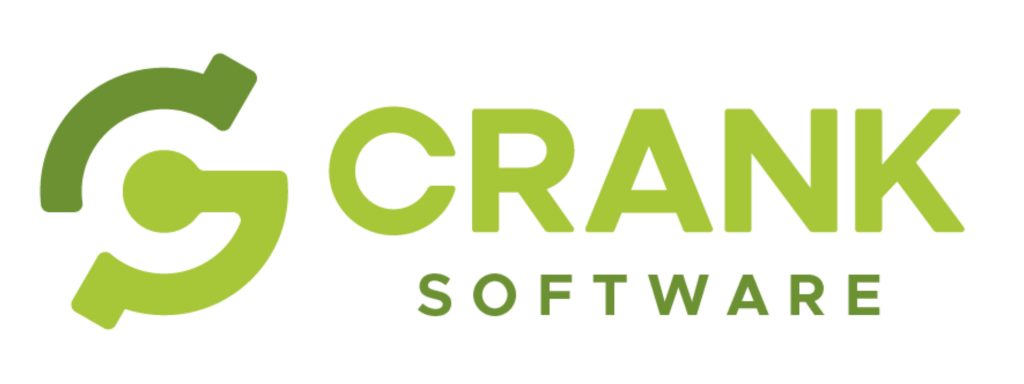


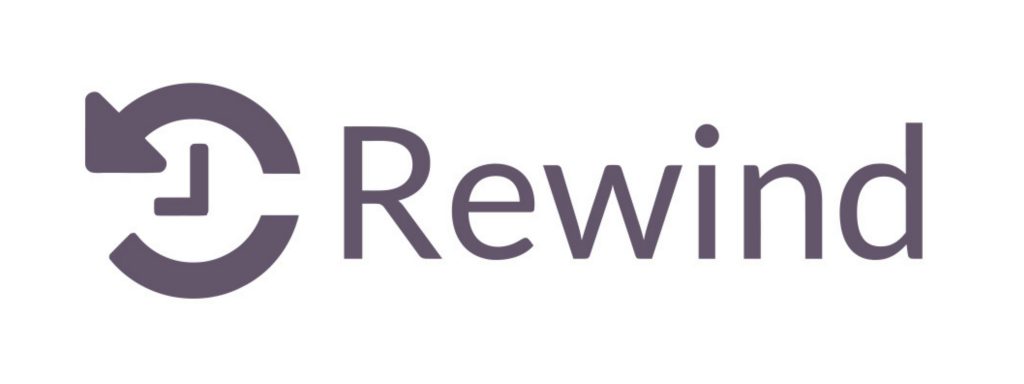
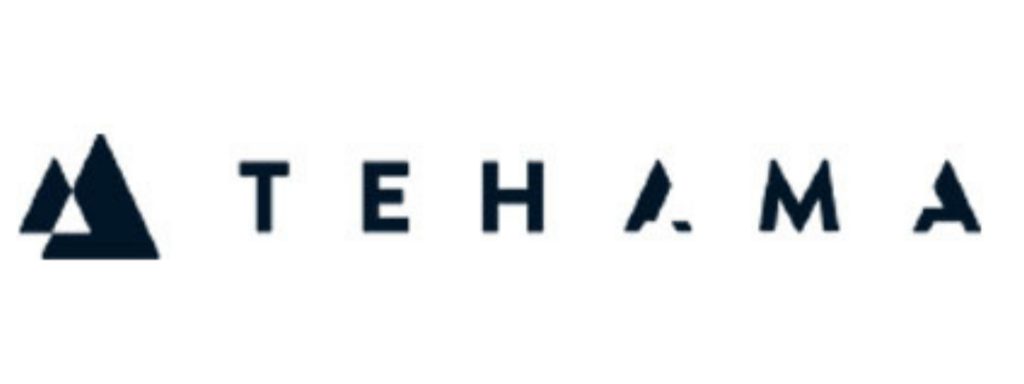
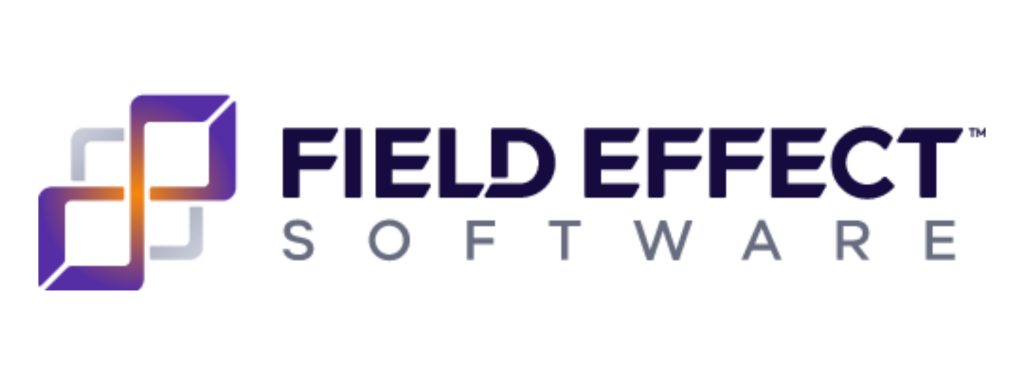
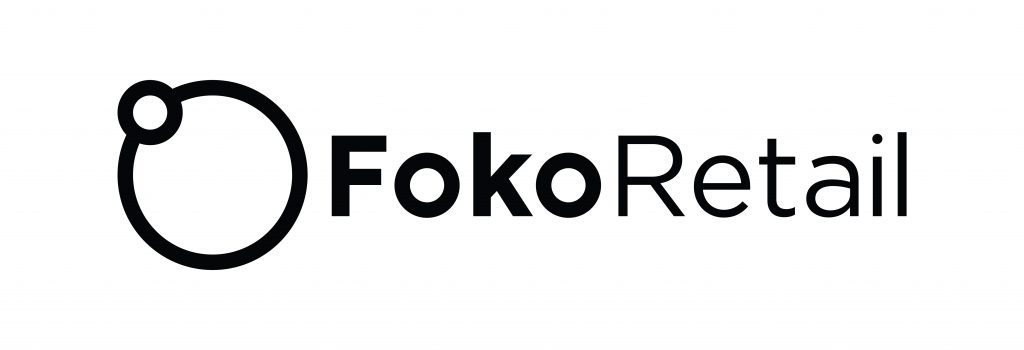

 Transforming our data-driven world takes talent, and MindBridge is where it’s happening. This is where you’ll take artificial intelligence to enable and inspire humans to do more and be better. Our people, our customers, and our investors agree: No one else is accomplishing what we’re doing with data-driven AI right now.
Transforming our data-driven world takes talent, and MindBridge is where it’s happening. This is where you’ll take artificial intelligence to enable and inspire humans to do more and be better. Our people, our customers, and our investors agree: No one else is accomplishing what we’re doing with data-driven AI right now. 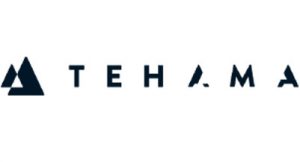 Tehama is enabling the digital workplace of the future. 150 companies are using Tehama. 600,000+ hours of IT services delivered. Zero breaches. The company’s head office is in the heart of the highly desirable Westboro neighborhood of Ottawa where you have your pick of the best of Ottawa’s cafes, restaurants and shops. Prefer to work from home? Tehama offers remote working options and flexible core hours. Join a team of the best and brightest and enjoy competitive salaries, benefits and a commitment to YOUR long-term success.
Tehama is enabling the digital workplace of the future. 150 companies are using Tehama. 600,000+ hours of IT services delivered. Zero breaches. The company’s head office is in the heart of the highly desirable Westboro neighborhood of Ottawa where you have your pick of the best of Ottawa’s cafes, restaurants and shops. Prefer to work from home? Tehama offers remote working options and flexible core hours. Join a team of the best and brightest and enjoy competitive salaries, benefits and a commitment to YOUR long-term success. 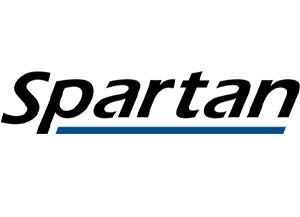 Spartan Bioscience aspires to unleash the power of DNA testing for everyone. Like the Spartan warriors of Ancient Greece, our smart, hard-working, and honorable team members get things done. Learn
Spartan Bioscience aspires to unleash the power of DNA testing for everyone. Like the Spartan warriors of Ancient Greece, our smart, hard-working, and honorable team members get things done. Learn